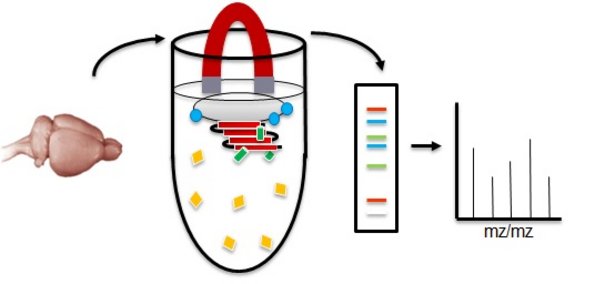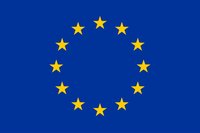Parkinson’s disease (PD) and Alzheimer’s disease (AD) are neurodegenerative diseases involving protein misfolding and aggregation. Both diseases are highly debilitating and lack modifying treatment. The European Industrial Doctorate Initial Training Network TOPIC project will train two early stage researchers, Angela De Poli and Femke van Diggelen, to target the oligomeric protein aggregates which accumulate in these diseases. These oligomers are formed under conditions that eventually lead to the accumulation of fibrillar amyloid deposits. However, there is increasing consensus that the amyloid state is biologically inert and the cytotoxic species is the oligomeric structure.
Our approach rests on the working hypothesis that the cytotoxic oligomers engage in a number of unwanted interactions with proteins and membranes. Femke and Angela will combine proprietary technology to stabilize these oligomers with state-of-the-art mass spectrometry and biophysical techniques to identify, quantify and rank these interactions within the context of the cellular interactome. The next goal (building directly on the European Industrial Doctorate outcome but outside its present scope) is to develop small-molecule inhibitors of these interactions as a therapeutic strategy to eliminate cell death and disease progression.
Goals
The main goal consists in the identification and characterization of the various protein-protein interactions involving major pathological oligomers, namely αSynuclein (αSn) in PD and Tau in AD. The projects could be divided into:



This project has received funding from the European Union’s Seventh Framework Programme for research, technological development and demonstration under grant agreement no 608041